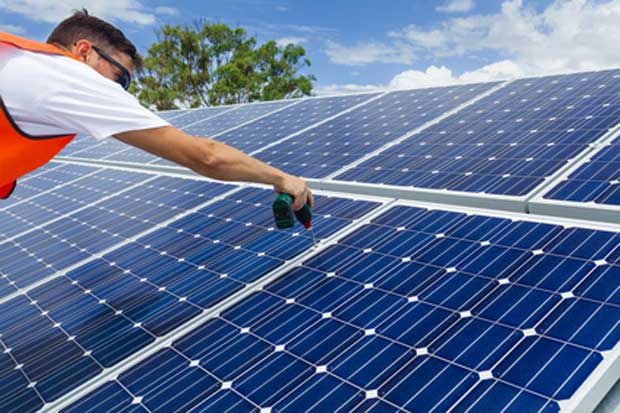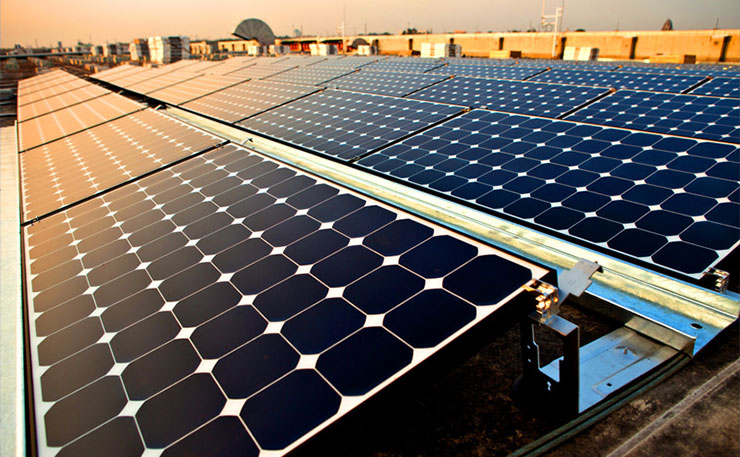The “lavish subsidies” Australian governments have offered since 2001 to help drive uptake of rooftop solar in Australian homes have been “a policy mess that should never be repeated”, according to a report published by the Grattan Institute.
While report author Tony Wood believes the “the rise of solar is inexorable”, he argues that ordinary electricity consumers have effectively paid out $9 billion to solar home owners through the misguided subsidy schemes of state and federal governments.
“It wasn’t the governments who were paying for it off their budgets,” Wood told Radio National yesterday morning.
“It was basically being done by putting up the cost of electricity to everybody; so in some ways it was quite an insidious but politically attractive way to achieve something that the government didn’t have to pay for.”
The report argues that consumers have paid for solar homes not only through the direct subsidies governments offered, but also through their influence on the flat-rate cost of electricity.
The electricity regulator sets prices based on the cost of supply when demand on the network is at its highest (during peak times), which typically occur in the early evening. This ensures that there is always sufficient capacity in the grid to meet total energy requirements.
Incidentally, peak time is also the period when solar PV households are most likely to rely on the traditional grid. Solar homes are usually self-sufficient during the day when the sun is shining, but often rely on the traditional grid during peak times in the early evening.
Effectively, solar homes are contributing to peak time demand, which helps set the price of electricity, but only having to pay that fixed price for a few hours each day.
“In other words,” the report said, “most solar households require just as much network infrastructure as everyone else, but are paying less.
“All consumers are subsidising their reduced payment.”

At the same time as stinging regular consumers through higher prices, solar PV households are making money by selling electricity they don’t use back to the grid.
In Victoria, for example, the 60 cents per kilowatt hour solar home owners will receive for selling their excess energy back to the grid for the next 15 years is four times what the typical retail tariff was in 2009.
While there have been clear benefits through reduced greenhouse gas emissions and reduced usage of dirty energy overall, the report argues that society has suffered a net loss.
“The cost of all that means the total benefit to the economy is about $8 or $9 billion, but the total cost has been more like $18 or $19 billion,” Wood said.
“So the net cost has been about $9 billion.”
This “wealth transfer” has hit low income earners particularly hard because of the “prohibitive” up-front costs of installing solar rooftops, the report said. It also argues that renters and apartment owners have been unfairly paying for other peoples’ solar homes despite having little opportunity to adopt the technology themselves.
Importantly, there have also been limited dividends for the general public in terms of reduced carbon emissions.
“We would suggest in the time we’ve had, we could’ve done a lot better with that money, or we could have actually reduced greenhouse gas emissions a lot more and a lot more cheaply,” Wood said.
The report found that for each tonne of carbon not burnt, the effective cost was around $175 a tonne.
That’s significantly higher than, for example, the $14 per tonne the federal government paid in the first round of ‘reverse auctions’ under its Emissions Reduction Fund, which pays polluters to reduce their carbon footprint.
Overall, the small-scale incentives have contributed just 10 per cent towards the national target of reducing greenhouse gas emissions by 5 per cent on 2000 levels by the end of this decade, the report found.
While recommending that existing subsidy schemes be allowed to run their natural course but not renewed, the report also argues that solar PV will soon be economical in its own right.
Recent developments such as Tesla’s new solar storage battery are now considered the next step in Australia’s solar uptake, and the report suggests such breakthroughs will fundamentally reshape the way the electricity grid delivers electricity to Australian homes.
“Society has paid more for solar PV than it should have,” the report said.
“We should not make the same mistake with battery storage – nor should it be prevented from forming an integral part of our electricity system.”
Donate To New Matilda
New Matilda is a small, independent media outlet. We survive through reader contributions, and never losing a lawsuit. If you got something from this article, giving something back helps us to continue speaking truth to power. Every little bit counts.





